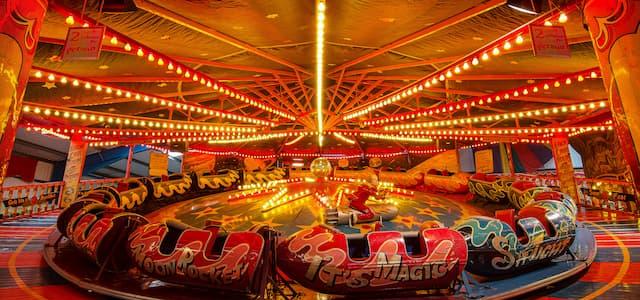
V&A acquires pair of Champagne Standard Lamps designed by Salvador Dalí and Edward James
The V&A announces that it has acquired one of the most important examples of modern lighting ever designed in the UK.

Purchased with support from the National Heritage Memorial Fund, Art Fund and the V&A Members, this pair of lamps were the joint creation of artist Salvador Dalí (1904-1989) and his most important British patron, Edward James (1907-1984). Each lamp is made from ten oversized brass champagne coupes, one stacked on top of the other, standing on a base in the form of a Victorian papier-mȃchè tray decorated with gold ivy tendrils, berries and leaves. Following the sale of the pair by the Edward James Foundation in 2017, a temporary export stop was placed on the lamps after the buyer applied for a licence to remove them from the UK.
The Champagne Standard Lamps were designed for James’s Monkton House in West Sussex, which he renovated in the mid-1930s as part of his attempt to create ‘a complete Surrealist house’. He was assisted by architects Christopher ‘Kit’ Nicholson and Hugh Casson, as well as decorator Norris Wakefield. The home artfully combined James’s taste for Victorian, Edwardian and Surrealist design, and included intentionally shocking Surrealist objects such as this pair of whimsical lights that stand at 160 cm tall. The Champagne Standard Lamps will join the V&A’s recently acquired Mae West Lips sofa, also designed by Dalí and James for Monkton House. The lights were placed next to the sofa in the Monkton dining room and are on display together in the V&A’s Twentieth-Century Gallery.
Dalí was the most famous of all Surrealist artists and remains one of the most popular of modern artists today. In 1935, Dalí met a kindred spirit in the British collector and poet Edward James. This led to a deep friendship between James and Dalí, with James becoming a large-scale collector of Dalí’s work, and the pair embarked on various artistic collaborations. James rapidly became Britain’s most distinguished supporter of Surrealism and was partly responsible for its international recognition. His collection is one of the largest and most important in the world, although the majority of this has now been sadly dispersed.
Christopher Wilk, Keeper of Furniture, Textiles and Fashion at the V&A, said: “These lamps are of outstanding significance to the history of modern design and Surrealist art in Britain and we are delighted that the V&A is acquiring them for public enjoyment.”
Sir Peter Luff, Chair of the NHMF, said: “The National Heritage Memorial Fund helps secure for the nation our most important and precious heritage at risk of being lost. These exquisite lamps, on the cusp of being sold to an overseas buyer, fit the bill exactly. Designed by the most famous Surrealist of them all, Salvador Dali, they are rare examples of the contribution of British patronage to the twentieth century Surrealism movement. Quite simply, we felt it imperative they should remain here in the UK and the V&A is the perfect home.”
Stephen Deuchar, director of Art Fund, said: “Dalí and James’s partnership is a fascinating strand in the history of Surrealism in Britain. Their highly original Champagne Standard Lamps are now reunited with their Mae West Lips Sofa, which we also helped the V&A to acquire earlier this year. Both will feature strongly in the museum’s Twentieth-Century Gallery, where they can be enjoyed by visitors from around the world.”
Notes to editors
About the V&A
The V&A is the world’s leading museum of art, design and performance, with collections unrivalled in their scope and diversity. It was established to make works of art available to all and to inspire British designers and manufacturers. Today, the V&A’s collections, which span over 5000 years of human creativity in virtually every medium and from many parts of the world, continue to intrigue, inspire and inform.
About Art Fund
Art Fund is the national fundraising charity for art. In the past five years alone Art Fund has given £34 million to help museums and galleries acquire works of art for their collections. It also helps museums share their collections with wider audiences by supporting a range of tours and exhibitions, and makes additional grants to support the training and professional development of curators. Art Fund is independently funded, with the core of its income provided by 139,000 members who receive the National Art Pass and enjoy free entry to over 320 museums, galleries and historic places across the UK, as well as 50% off entry to major exhibitions and subscription to Art Quarterly magazine. In addition to grant-giving, Art Fund’s support for museums includes Art Fund Museum of the Year (won by Tate St Ives in 2018) and a range of digital platforms.
Find out more about Art Fund and the National Art Pass at www.artfund.org

